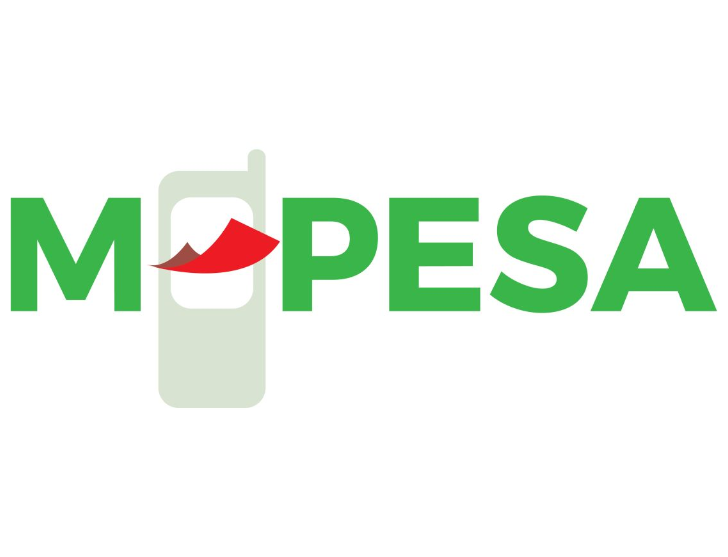Few initiatives in microfinance, or for that matter in development, have been as successful as M-PESA: 3 and a half years after launch, over 70% of households in Kenya and more importantly over 50% of the poor, unbanked and rural populations use the service. I am often struck by how many people fail to be inspired or even doubt M-PESA. Skepticism is often bred from a lack of information.
What about you, how much do you really know about how M-PESA actually works? Here are 10 things you may have thought you knew about M-PESA!
1. You thought the funds held in M-PESA were held (and used) by Safaricom
The funds are deposited in several commercial banks, which are prudentially regulated in Kenya. In addition, the funds are held by a Trust and are therefore out of reach from Safaricom, which cannot access or use them. In the unfortunate event of Safaricom going bankrupt, the creditors of Safaricom would not have access to the M-PESA funds. This is a requirement from the Central Bank of Kenya which oversees M-PESA. The funds remain at all times the property of M-PESA users.
2. You thought M-PESA created money outside the banking system
Any amount which goes through M-PESA is 100% backed by the pooled accounts held in commercial banks. In terms of monetary aggregates, the mobile money stored and moved by M-PESA customers is counted as part of M1.
3. You thought M-PESA transactions were not monitored
Each and every transaction done on the M-PESA platform is electronic and can therefore be monitored by Safaricom, which runs its own bank-grade anti-money laundering system. Even a cash-in or a cash-out operation has an electronic leg and is captured by the system. The Central Bank of Kenya gets regular reports on M-PESA transactions, as it does from other payment service providers.
4. You thought M-PESA’s success meant it is now a huge systemic risk
The accumulated balance of all the M-PESA accounts represents just 0.2% of bank deposits by value. M-PESA is far from exerting a systemic risk. In June 2010, M-PESA transactions amounted to about 70% of the volume of electronic transactions in the country but were only 2.3% in value. M-PESA’s success means there is a real need for small electronic transactions and storage of value. It was designed with limits on how much can be transacted (no more than 70,000Ksh leaving the account daily) and stored (maximum account balance is 50,000Ksh). Cash-in, cash-out and P2P transfers are limited to 35,000Ksh per transaction.
5. You thought M-PESA cash merchants held funds belonging to M-PESA or its customers
The M-PESA cash merchants (or ‘agents’ in M-PESA parlance) pre-buy mobile money so that they can sell it against cash to the customers who come to their retail store for cash-in operations. They are investing their own working capital and are not intermediating someone else’s funds. For cash-out operations, they sell their cash and buy mobile money instead. Consequently, the cash and M-PESA balances that cash merchants manage and store are always their own. Cash merchants are mainly super users, who resell their own working capital balances, with no more access to the M-PESA platform than any other customers, except that they have higher transaction limits.
6. You thought M-PESA cash merchants were unsupervised
The M-PESA cash merchants are recruited by Safaricom after a due diligence process and put under specific training. They are regularly monitored and re-trained, and Safaricom aims to visit them on-site every two weeks. The same process is applied to all cash merchants so that any customer anywhere in Kenya has the same experience at any cash merchant.
7. You thought it might be dangerous to let customers use M-PESA unless they went through a financial literacy class
There is of course a risk that the ability to pay more easily than before could be abused (i.e. by loan pushers), but this is not an access issue. Financial literacy efforts related to M-PESA would not be efficient in addressing this problem. It is rather a credit issue (in this example), and consumer protection remedies to mitigate such risks, including through financial education, should target the credit side.
8. You thought M-PESA customers were not identified
To open an M-PESA account, all customers have to identify themselves with an original identification document. Photocopies are not enough. Retailers are specifically trained to perform registrations and can be suspended if they do not identify customers properly. In fact, customers have to show their ID card any time they do a transaction. There is a three-factor authentication (having the SIM card, having your ID, knowing the PIN), which far exceeds what is required by your bank and mine.
9. You thought M-PESA was not really contributing to financial inclusion as it only offers a transactional service
Actually, you’re right on this one, M-PESA does not equate financial inclusion. Poor people need a wide variety of different financial services, including savings, and the ability to transact, no matter how efficiently, is not enough. But let’s be clear about the objective here: it is access. M-PESA is the mechanism through which financial inclusion can be delivered. So it is the means, not the end.
10. You thought criminals could use M-PESA
Correct again: criminals can very well use M-PESA. They can certainly decide to use a payment platform which limits daily transactions, requires identification, monitors any single transaction and knows the localization of the device used for the transaction.
Systems like M-PESA are no more than a transactional and store of value platform, but no less either, and need to be licensed and supervised as such. As they don’t invest the public’s money, they can make do with a lighter regulatory treatment than full banks. Remember, their role is not intermediation, it is access.
